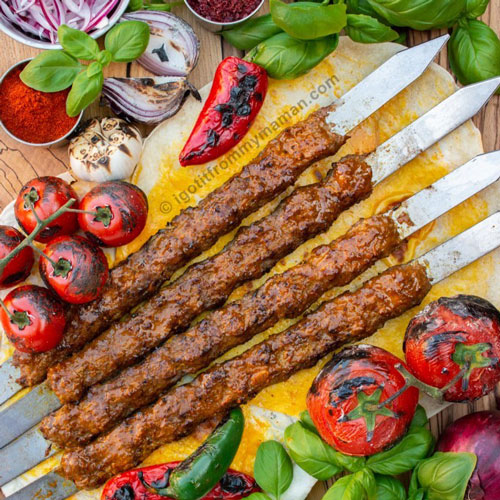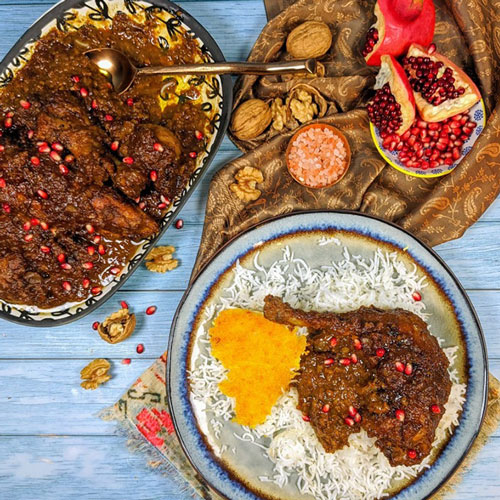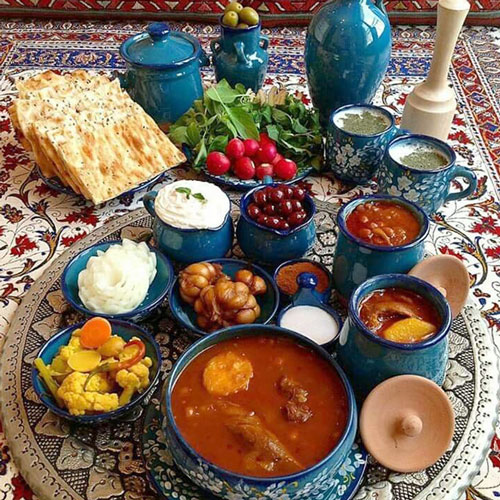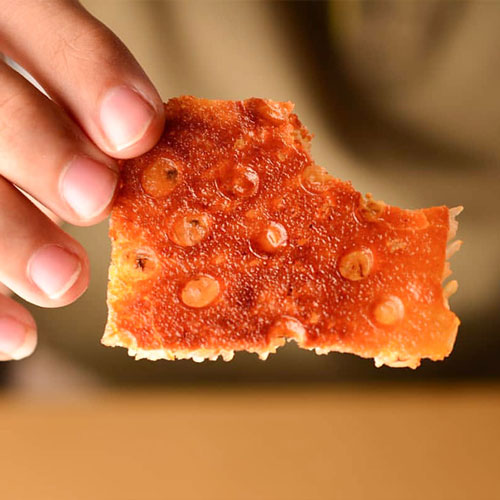Top Five Persian Food
Aside from a rich history and numerous monuments, traveling to Iran brings you a wide range of delicious food and introduces you to many new flavors. Besides familiar names such as kebab and falafel, many foods and delicacies from all over Iran such as caviar, pickles, smoked fish of the north, samosas, shrimp, soups, saffron and rose ice cream captivates thousands of visitors to the Persian kitchen every year.
Just take a look at the vast map and geography of Iran and you’ll see where this unique diversity comes from! The variety of climates in each part of Iran has created new flavors according to the vegetables and animals of that region. In addition, in the past travelers had to cross Iran to get to their destination because the great Silk Road went through parts of Iran, therefore, Persian food was also influenced by other cultures and finally a rich and unique food culture was created. In this article, PTS tries to introduce the top 5 most delicious and popular Persian dishes that have turned into a culture and identity for Persians. These are Kabab Koubideh (minced beef kebab), Qormeh Sabzi (meat, vegetables, and bean stew), Ash Reshteh (Noodle, beans, and peas soup), Fesenjun (chicken, walnut pomegranate stew), and Dizi (Beef, potatoes, and peas stew).



 Qormeh Sabzi; the National Food of Iran
Qormeh Sabzi; the National Food of Iran Ash Reshteh; the Most Traditional Persian Food
Ash Reshteh; the Most Traditional Persian Food Fesenjun; the Oldest Persian Food
Fesenjun; the Oldest Persian Food Dizi (Abgusht); an Authentic Persian Food
Dizi (Abgusht); an Authentic Persian Food Tahdig; a Piece of (Persian) Heaven
Tahdig; a Piece of (Persian) Heaven